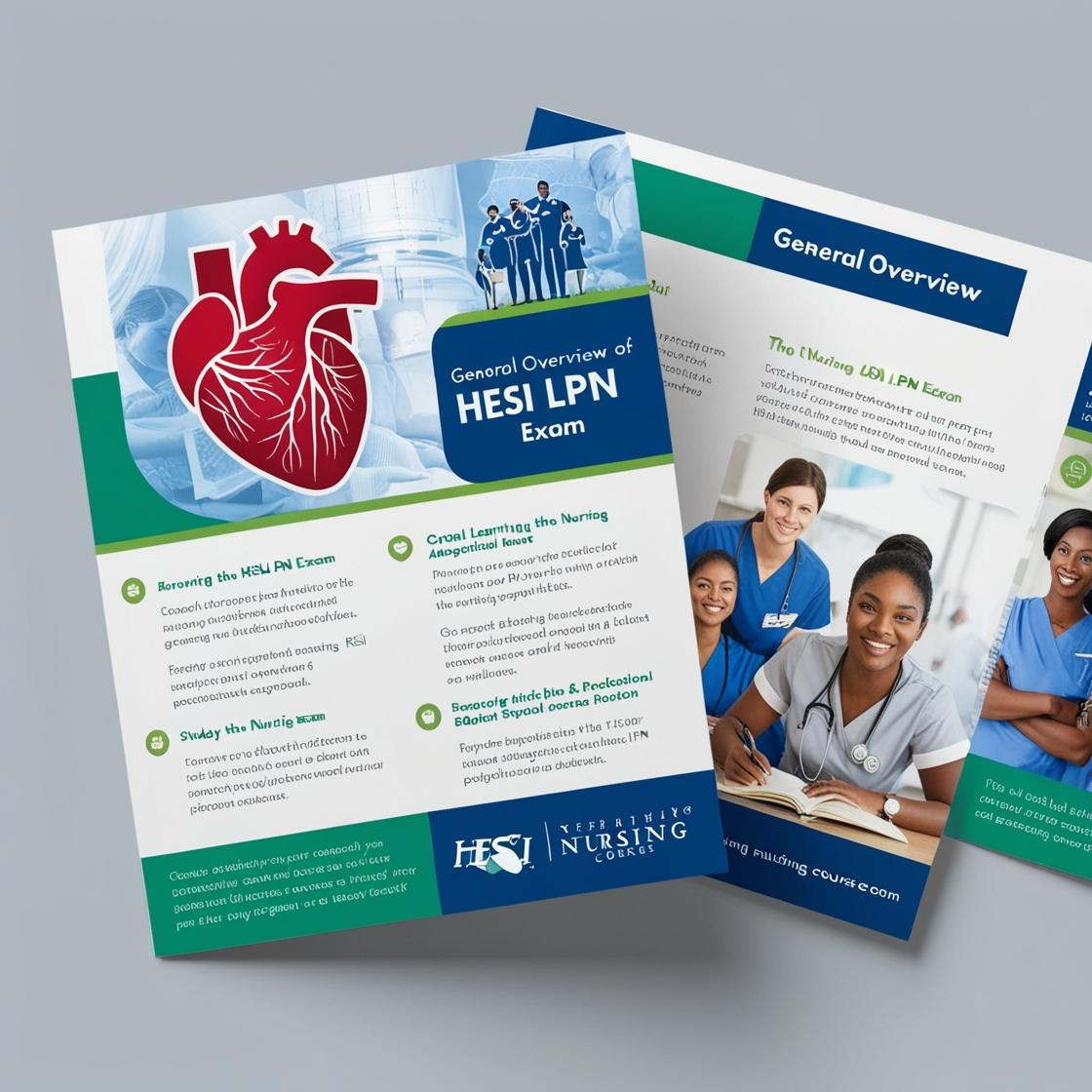HESI LPN
HESI Fundamentals 2023 Quizlet
1. During passive range of motion (ROM) exercises, how should the nurse perform each movement for a patient with impaired mobility?
- A. The nurse moves each movement just to the point of resistance.
- B. The patient repeats each movement 5 times.
- C. The movement continues until the patient reports pain.
- D. The nurse completes each movement quickly and smoothly.
Correct answer: A
Rationale: During passive range of motion (ROM) exercises, the nurse is responsible for moving the patient's joints through their range of motion. The correct technique involves performing movements slowly and smoothly, only going to the point of resistance without causing pain. This technique helps maintain joint flexibility and prevent contractures. Choice A is the correct answer as it reflects the appropriate technique for passive ROM exercises. Choices B and C are incorrect because the patient is not actively participating, and ROM exercises should not cause pain. Choice D is incorrect as movements should be done deliberately and not quickly.
2. The healthcare professional is evaluating the body alignment of a patient in the sitting position. Which observation will indicate a normal finding?
- A. The edge of the seat is making contact with the popliteal space.
- B. Both feet are supported on the floor with ankles flexed.
- C. The body weight is solely on the buttocks.
- D. The arms hang comfortably at the sides.
Correct answer: B
Rationale: In a normal sitting position, both feet should be supported on the floor with the ankles comfortably flexed. This position helps in maintaining stability and proper alignment. Choice A is incorrect because the edge of the seat pressing against the popliteal space may cause discomfort and is not indicative of proper alignment. Choice C is incorrect as the body weight should be evenly distributed for proper alignment and comfort, not solely on the buttocks. Choice D is incorrect as the position of the arms alone does not indicate proper body alignment in the sitting position; proper arm positioning is important for comfort but not a key indicator of body alignment.
3. Which goal is most appropriate for a patient who has had a total hip replacement?
- A. The patient will ambulate briskly on the treadmill by the time of discharge.
- B. The patient will walk 100 feet using a walker by the time of discharge.
- C. The nurse will assist the patient to ambulate in the hall 2 times a day.
- D. The patient will ambulate by the time of discharge.
Correct answer: B
Rationale: The goal 'The patient will walk 100 feet using a walker by the time of discharge' is the most appropriate goal for a patient who has had a total hip replacement because it is specific, measurable, achievable, and individualized. This goal sets a clear target for the patient's mobility progress post-surgery. Choice A is too vague and does not provide a specific target distance or method of ambulation. Choice C focuses on the nurse's actions rather than the patient's progress. Choice D lacks specificity in terms of distance or assistance required, making it less measurable and individualized compared to Choice B.
4. A healthcare professional is supervising the logrolling of a patient. To which patient is the healthcare professional most likely providing care?
- A. A patient with neck surgery
- B. A patient with hypostatic pneumonia
- C. A patient with a total knee replacement
- D. A patient with a stage IV pressure ulcer
Correct answer: A
Rationale: Logrolling is a technique used to move a patient as a single unit to prevent twisting or bending of the spine. Patients who have undergone neck surgery require special care to ensure the spinal column remains in straight alignment to prevent further injury. Therefore, the correct answer is a patient with neck surgery. Choice B, a patient with hypostatic pneumonia, does not require logrolling, as it is a condition affecting the lungs, not the spine. Choice C, a patient with a total knee replacement, does not typically necessitate logrolling, as the procedure focuses on the knee joint, not the spine. Choice D, a patient with a stage IV pressure ulcer, requires wound care but does not necessarily involve logrolling unless the ulcer is located in a critical area that requires special handling.
5. When providing hygiene for an older-adult patient, why does the nurse closely assess the skin?
- A. Outer skin layer becomes less resilient.
- B. Less frequent bathing may be required.
- C. Skin becomes more subject to bruising.
- D. Sweat glands become less active.
Correct answer: B
Rationale: The correct answer is B: 'Less frequent bathing may be required.' In older adults, daily bathing or using hot water and harsh soap can lead to excessively dry skin. Therefore, the nurse closely assesses the skin to determine if less frequent bathing is necessary to prevent skin dryness and maintain skin integrity. Choice A is incorrect because the outer skin layer does not become less resilient with age. Choice C is incorrect as aging skin is actually more prone to bruising due to thinning of the skin. Choice D is incorrect because sweat gland activity generally decreases with age, leading to reduced skin moisture rather than increased activity.

Access More Features
HESI LPN Basic
$69.99/ 30 days
- 50,000 Questions with answers
- All HESI courses Coverage
- 30 days access
HESI LPN Premium
$149.99/ 90 days
- 50,000 Questions with answers
- All HESI courses Coverage
- 90 days access
